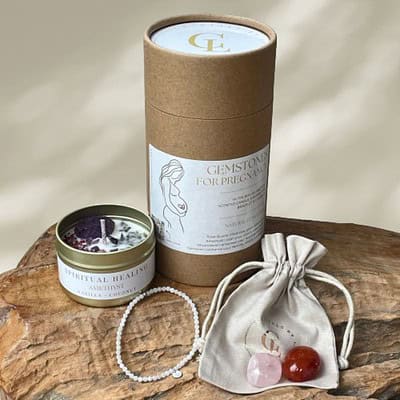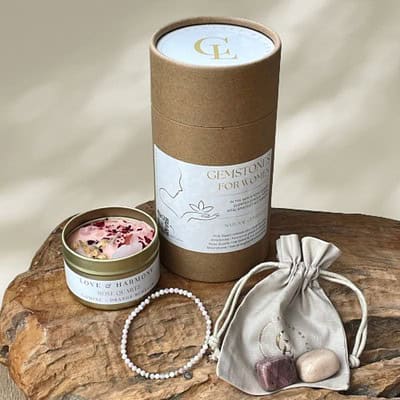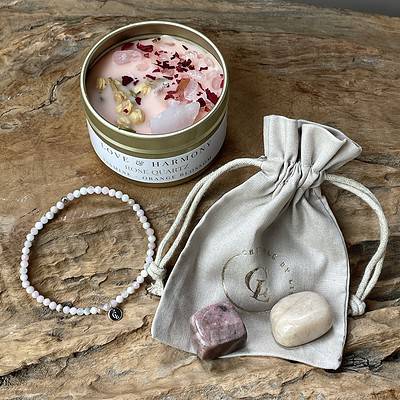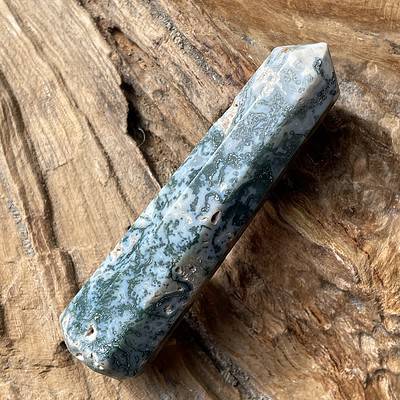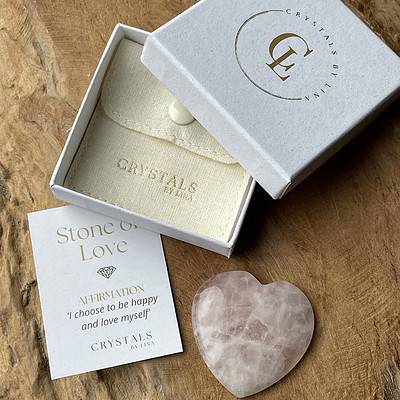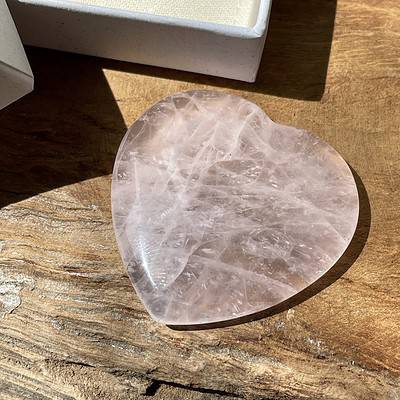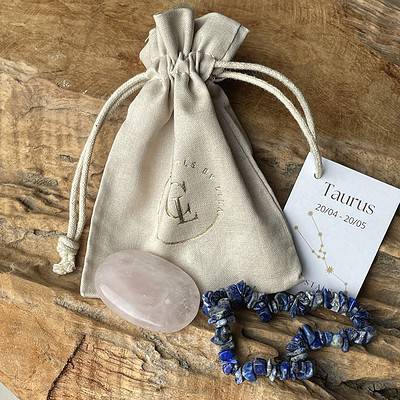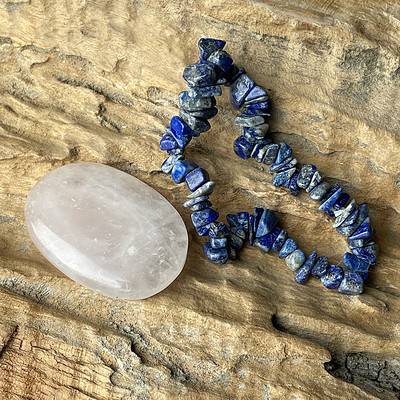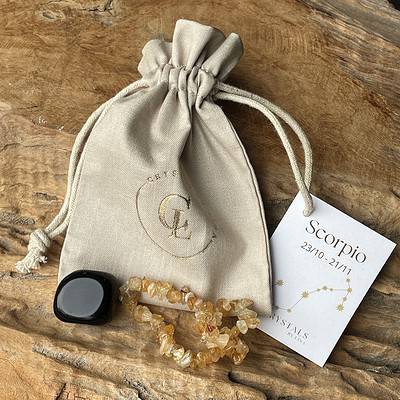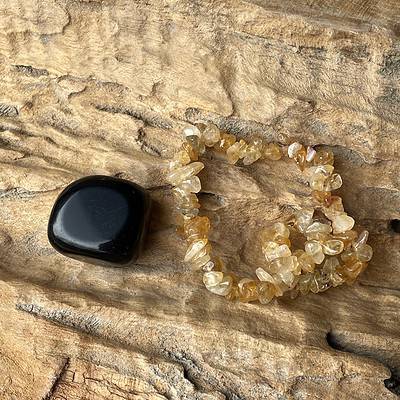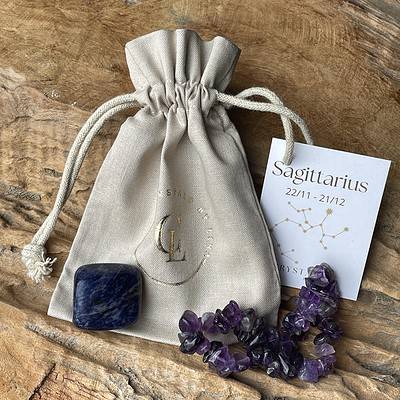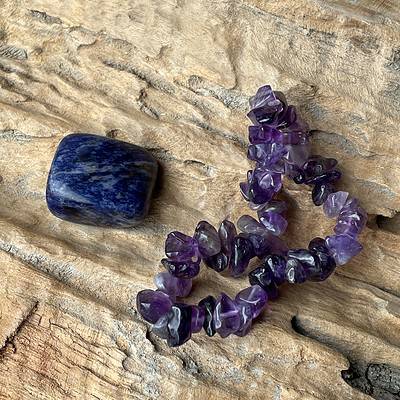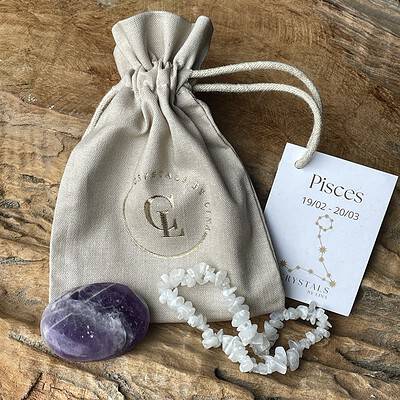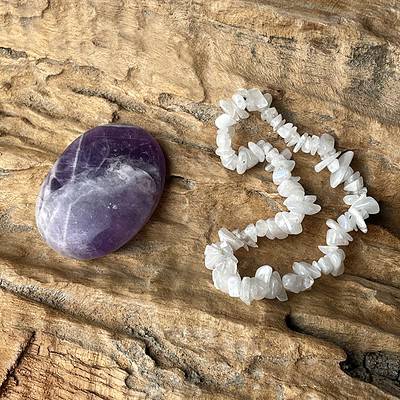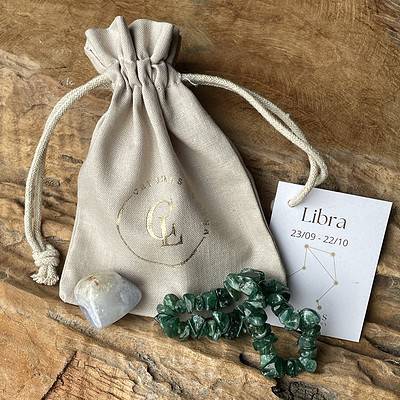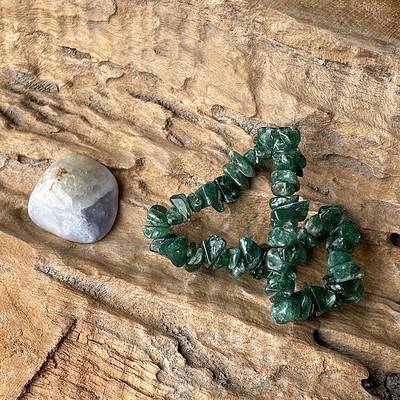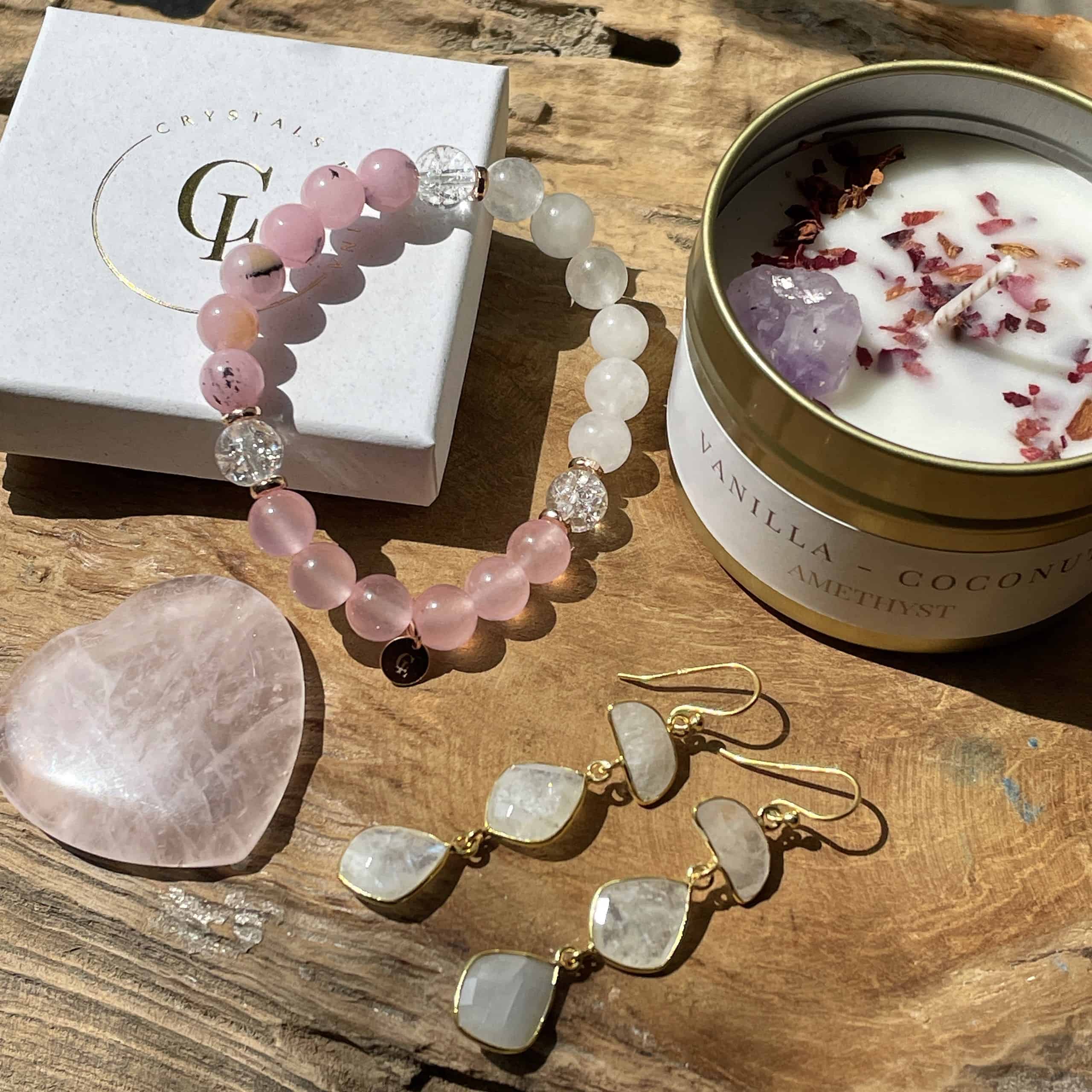How Do You Know If Your Crystals or Gemstones Are Real?
Crystals and gemstones have always held a special place in my heart because of their enchanting beauty and the energetic vibes they seem to emit. And I’m not the only one. Whether you’re adding a new crystal to your collection or thinking about wearing one as jewelry, it’s super important to make sure what you’re buying is genuine. Here I share some smart tips to make sure your beloved crystals or gemstones are real.
1. Buy from Trusted Stores
The first stop when looking for a new crystal is always at the stores you know you can trust. Whether it’s that cozy local store or an online shop with good reviews, choose places where you know they value quality, such as gem stores with years of experience.
2. Listen To Your Wallet, But Be Smart
We are always looking for good deals, but when the price of a crystal seems too good to be true, alarm bells start ringing with me. Quality does have its price, and if something is suspiciously cheap, it may be too good to be true. My tip: rather spend a little more and know you have a real piece in your hands. For example, citrine will always be slightly more expensive than rose quartz, and you will also find this stone more often as a tumble than a palm stone. The reason is that citrine is less easy to work with. For example, this is also the case for Malachite. the stone is very porous and is difficult to work. Consequently, most Malachite stones have a whimsical shape.
3. Ask for that One Important Certificate
More expensive jewelry with cut gemstones often comes with certificates of authentication from reputable laboratories. These certificates contain detailed information about the gemstone, including its type, color, cut, clarity and any treatments applied. It is wise to request a certificate of authentication when purchasing gemstones of value. It is then about the 4 real gemstones, namely diamond, ruby, emerald, sapphire. Semi-precious stones such as moonstone, amethyst, rose quartz, etc. usually come without a certificate.
4. Studying Crystals? Yes, of course!
It is important to take a closer look and study your new crystal. Look at the color variations, inspect the surfaces for imperfections and be enchanted by the natural beauty. Real crystals often have unique characteristics.
When you take a closer look at a gemstone, there are several characteristics you can examine to determine its authenticity. First, pay attention to any imperfections or inclusions ( small cracks in the core of the stone) that natural stones often have. Synthetic stones often have fewer impurities than natural stones.
Because so much jewelry is sold with cut glass, Swarovski stones or zirconia, many people have the idea that the gemstone in jewelry should always be clear. True gem-lovers, however, know that nothing could be further from the truth. It is precisely the imperfections and small inclusions in the stone that make it so special and unique.
In addition, you can assess color and brightness. Natural stones often show variations in color and minor imperfections, while synthetic stones are often perfectly bright and uniform in color.
Natural gemstones will also tend to be heavier than synthetic stones and often feel colder to the touch.
So when assessing the authenticity of a gemstone, pay attention:
- imperfections or inclusions
- variations in color and brightness
- weight of the stone and temperature
5. The ‘Does it or doesn’t it’ Test.
Another test you can perform is the conductivity test. Diamonds, for example, conduct electricity because of their crystal structure. If you have the right equipment, you can use this test to confirm the authenticity of a diamond. Keep in mind, however, that this test does not apply to all gemstones.

6. The Last Resort: Ask a Crystal Expert
If you are unsure about a crystal, don’t hesitate to seek the help of a true connoisseur. A crystal expert, or gemologist, can use sophisticated equipment to confirm authenticity and reassure you about your purchase. Sometimes it’s just nice to have the opinion of a professional.
Are gemstones real when they are artificially colored?
Sometimes gemstones such as Agate are artificially colored. This is usually done for aesthetic reasons, such as improving visual appeal, creating uniform colors, imitating more expensive gemstones and following market trends. Whether Agate is colored or not, it does remain a genuine gemstone.
Coloring Agate
Agate is a microcrystalline variety of quartz and occurs naturally in a wide range of colors. However, agate is sometimes artificially colored to achieve specific color effects or to make the stones more attractive for jewelry and decorative purposes. Here are some reasons why agate is sometimes colored:
- Improve Color Consistency: Natural agate can vary in color and pattern, which some people may appreciate because of its unique look. On the other hand, artificially coloring agate can help create more uniform colors for specific designs or applications.
- Creating Specific Color Effects: Artificial coloring allows producers to present agate in different, attractive colors that may not occur in nature. This allows jewelers and designers to offer a wider range of options to consumers.
- Mimicry of More Expensive Gems: Sometimes agate is colored to mimic the appearance of more expensive gemstones. For example, agate can be colored to resemble jade, lapis lazuli or other gemstones, making it an affordable alternative for those seeking a similar appearance.
- Fashion and Trends: The color of gemstones can be adapted to prevailing fashion trends. Coloring agate allows producers to respond quickly to changing consumer preferences and fulfill market demand for particular colors.
- Stabilizing Color: Some agates may have an unstable color that can fade or change under the influence of light or other environmental factors. Staining agate allows the stone to maintain a more stable and durable color.
Are Swarovski, zirconia or Australian glass real gemstones?
However, much trendy jewelry does not contain real gemstones, but Swarovski, zirconia or Australian glass. They are materials often used in jewelry, but they vary widely in composition and price. They are also easy to sharpen and available in all colors. If the seller does not provide information about the nature of the stones, it is often a sign that the stones are not gemstones. Just pay attention to the many birthstone jewelry items being sold. In the description, you will often find information about the material of the jewelry, such as gold or silver, but often not about the stones.
Swarovski crystals
Swarovski is a well-known brand that specializes in high-quality crystal. So they are not precious stones and are manufactured in a lab. Swarovski crystals are cut and polished with precision to create a brilliant and sparkling effect. These crystals are often used in jewelry, accessories and even clothing to give a luxurious look without the cost of real gemstones.
What sets Swarovski crystals apart is the use of leaded glass in their production. The added lead provides a higher refractive index, giving the crystal exceptional brilliance and clarity. Swarovski crystals are carefully cut and polished using advanced technologies and craftsmanship, resulting in crystals with precise facets and a beautiful sparkling effect.
Zirconia
Zirconia, on the other hand, is a synthetic material often used as an imitation for diamonds. It is less expensive than real gemstones and can be produced in a variety of colors. Zirconia is produced in laboratories. It is a crystalline form of zirconium dioxide and is often colorless. However, it can also be produced in different colors due to certain metal oxide additions during production. Zirconia are easy to cut and have good sparkle, making them popular in affordable jewelry.
However, zirconia is not to be confused with zirconia. Zircon is a natural gemstone and is a zirconium silicate. It is a real mineral found in the earth’s crust.
Australian glass
Australian glass refers to glass produced in Australia. It can be used as a cheaper alternative to gemstones in jewelry, but it does not have the same hardness and brilliance as real gemstones.
Therefore, when buying jewelry, it is important to inquire about the materials used and, if possible, to obtain certificates or guarantees confirming the authenticity of gemstones. This allows you to ensure that you get the quality and craftsmanship you are looking for.
Can the color of gemstones change naturally?
Yes. Gemstones can change color naturally due to various factors. Here are some reasons why gemstones can change color:
- Exposure to Light: Some gemstones, such as amethyst, can change color from exposure to prolonged sunlight. This process is known as fading. Exposure to ultraviolet light can activate certain color centers in the stone, changing its color. It is important not to expose fragile gemstones to direct sunlight for too long. For example, rose quartz and citrine will fade under the influence of sunlight.
- Chemical Reactions: Gemstones can react to chemicals in their environment. For example, certain metals in jewelry may react with the gemstone and affect its color. Water and acids in the environment can also affect the color of some stones.
- Oxidation: Gemstones that contain metals, such as copper, may be subject to oxidation, which can lead to a change in the color of the stone. Turquoise, for example, is susceptible to oxidation, which can change its blue-green color. When turquoise is found in a copper-rich environment, the stone acquires beautiful inclusions of copper that are highly sought after in jewelry making.
- Aging and Atmospheric Influences: Gemstones can change color over time due to atmospheric influences, such as air pollution and humidity. These processes can affect the surface characteristics of the stone, which in turn can affect its color.
- Inclusions and Impurities: The presence of certain inclusions or impurities in a gemstone can affect its color. Some stones, such as sapphire and ruby, may naturally have inclusions that affect color.
- Environmental factors: The environment in which a gemstone is stored can play a role in maintaining its color. For example, extreme variations in temperature or humidity can change the color of some stones. Green amethyst is a great example of this. Green amethyst is also called prasiolite and is created when purple amethyst is heated. This can be done through natural processes in the earth or by artificially heating the stone. The result is a beautiful bright green amethyst.
In a nutshell, as a crystal lover, it is important to store smart and pay attention to details. Trust your intuition, look for certifications, study your gemstone thoroughly, experiment a little, and don’t hesitate to ask for help if needed. That way you can confidently expand your crystal collection, know that the gemstones you buy are real, and enjoy the wonderful energy they bring into your life.


